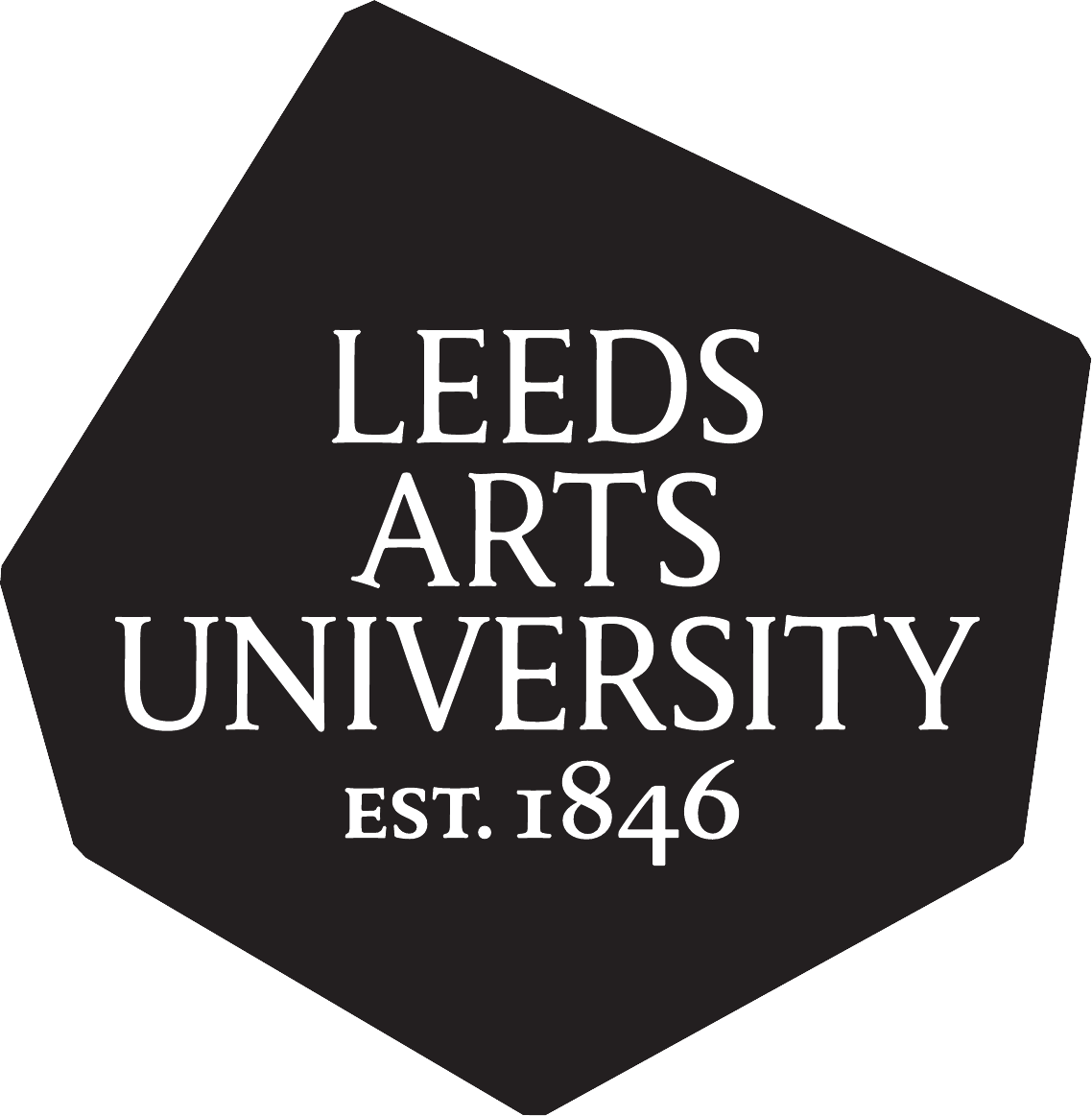A design driven approach to 3D printing textiles from recycled polyester
Grain, Emma 
Abstract
Polyester is aligned to the industrial cycle and as such needs to be preserved as a recyclable resource. (Goldsworthy, 2009). In the last 50 years alone plastic production has increased by 500% and when discarded often ends up in the rivers and sea creating ‘plastic soup’. Finding new ways to recycle this into new things is infinitely better than creating new as it saves on CO2 emissions and the ever decreasing resource of oil it starts out as C.A. Griffiths et al (2016) noted this means that the design stage must consider constraints of time and cost and to furthermore consider sustainability and the need to seek to reduce scrap. Due to the nature of 3D printing, it only uses the material needed for a product with exceptions of small supporting pieces during additive manufacturing, rather than the subtraction approach in manufacturing which involves controlled material removal but involves a lot of waste. 3D printing has been known as a throw away fad and one which can produce lots of waste itself as with both novice and amateur makers there are often mistakes which end up in the bin. While, plastics are still recycled at low rates in centralized recycling facilities, distributed plastic recycling to produce filament for 3DP could help increased this rate at a lower economic and environ-mental cost (Kreiger et al., 2014). However, at present the market in raw materials for 3DP remains highly concentrated. Even though 3DP plastic is processed into filament by a range of both small and large companies, feedstock is supplied by a handful of large polymer producers (Despeisse, M., et al 2016) There are number of stake holders already involved in this unique area, from the reprocessing companies to the manufacturers of the filament and the grinders of the virgin material, fashion brands, 3D printing companies and charitable foundations involved in sustainability issues regarding plastics and finally, designers. This paper seeks to outline these stake holders in detail and showcase the current work of the researcher where by in developing the ‘2 Way Closed Loop Cycle’, new textile structures have been designed and printed using recycled polyester. Using a design driven approach the structures of existing 3D Printed textiles were analyzed and new structures were designed based on the properties of the recycled material. From a subject only in its infancy, the researcher aims to show the potential of such an experimental idea and how it could change future maker markets and give the fashion industry another route to take in order to close the loop.
Actions (login required)
 |
Edit Item |

